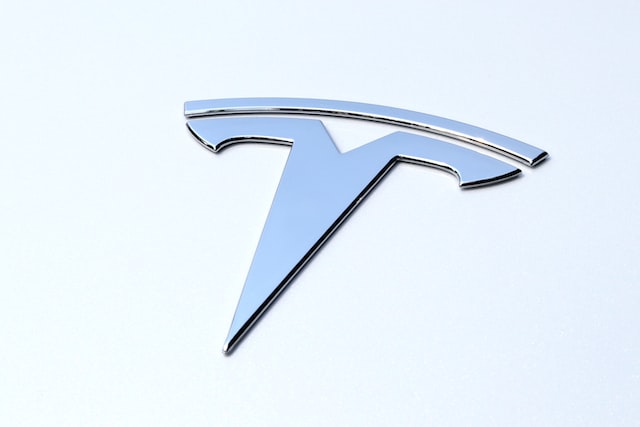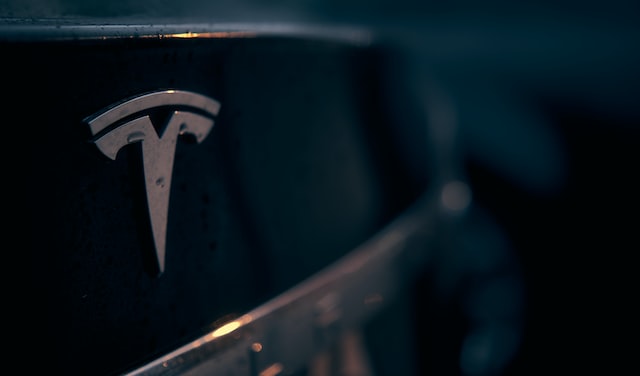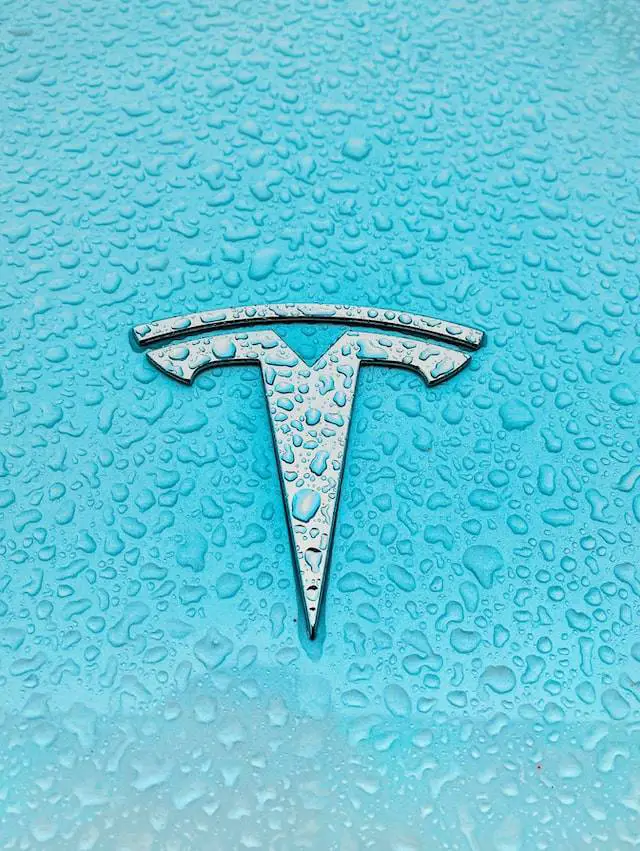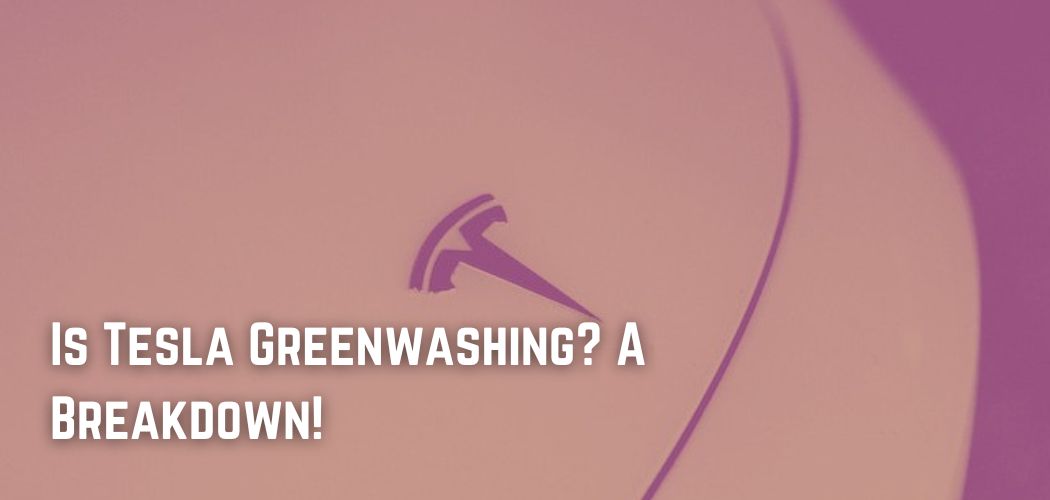Everyone adores Tesla, correct? The story of a modest firm formed in 2003 by a handful of engineers with the goal of making transportation sustainable has rocked the entire automobile industry and made it worth over $440 billion—more than any other car manufacturer.
How could one not adore Tesla? Elon Musk, Tesla’s (in)famous CEO, enjoys “selling” Tesla’s image on Twitter and podcasts.
But there are some things that the electric vehicle (EV) industry leader would rather not talk about, like how sustainable Tesla’s business is.
After all, what few people are aware of is that there have been recurring complaints regarding the sustainability and business practices of the multibillion-dollar firm for numerous years—a company that was created with the goal of sustainability in mind.
So, is Tesla sustainable? Or is it greenwashing? Continue reading as we examine Tesla’s approach to sustainability in detail!
Usage Of Renewable Energy
One of the most common complaints against electric vehicles is that they are charged with electricity.
Most of the time, this energy comes from the local power grid, which could be made up of many different things, including the fossil fuels that electric cars are meant to get rid of.
Musk has always said that all of the power for Tesla charging stations comes from renewable sources, but this statement from a company official is probably more accurate.

“We try to be carbon neutral, and when the market allows it, we buy renewable energy through wholesale power procurement, even though it costs a little more.”
All of our Supercharger stations throughout Europe are powered by renewable energy. Continuing to switch our superchargers to solar power will advance us along this path.
Tesla doesn’t have much control over how the public uses electricity or how the customer uses it once the car is delivered to their home. Each Tesla owner is responsible for buying solar panels or getting their utility to sign them up for renewable energy sources.
It’s important to keep in mind that the mix of energy sources varies a lot across the country. Iowa gets more than 40% of its energy from the wind, while West Virginia gets almost all of its energy from coal.
Eco-Friendly Or Not?
Tesla produces electric vehicles, batteries, solar roofs and panels, and men’s clothing. But right now, we’re not sure if electric cars really are better for the environment than regular cars.
Yes, theoretically.
Electric vehicles have been thought of for a long time as one way to reduce the carbon emissions caused by the transportation industry, which is responsible for more than 25% of Europe’s total emissions.
Even though EVs are generally considered to be “green,” it is important to remember that they must be manufactured, a process that emits emissions.

In recent research, the German Federal Ministry of the Environment, Nature Conservation, and Nuclear Safety looked at how gasoline, diesel, and electric vehicles affect the environment over the course of their whole lives (from production to use to disposal).
What they found is that making electric cars at first produces a lot more greenhouse gases, mostly because of the batteries. However, after a few years, EVs are much better for the environment than cars with traditional combustion engines.
In reality, an electric vehicle’s overall greenhouse gas emissions are about 30% lower than those of a gasoline vehicle and about 23% lower than those of a diesel vehicle.
Lawsuit Against Tesla
This week, the Environmental Protection Agency in the United States said that Tesla didn’t show that it was following federal rules about dangerous air pollutants.
Specifically, the EPA is requesting information regarding how Tesla “surface coats” its automobiles.
A well-known newspaper has reported that the “paint shop” at Tesla’s main U.S. car plant in Fremont, California, has had problems in the past, such as fires, wrong cleaning, and poor maintenance.
In a tent-like “paint hospital” at the Fremont factory, employees have previously told this newspaper that paint defects have been repaired on some vehicles.
According to Fremont building permits, Tesla did a lot of work on its paint facility in 2020.

In the petition from Wednesday, the business said that it had responded to all of the EPA’s requests for information and that the claims were false. The company does not think that its talks with the EPA on this subject will have any “substantial negative effects.”
Tesla is also in a fight with the Bay Area Air Quality Management District, which is California’s local air quality authority, over “notices of violation” that were published before about “air permits and compliance for the Fremont Factory.”
According to a financial statement made on Wednesday, German authorities have penalized Tesla for 12 million euros, or approximately $14.5 million, for allegedly neglecting to make public disclosures and complete their obligations to take back customers’ old batteries.
Sourcing Of Sustainable Materials
The most damage is done to the environment by making Tesla electric cars because the batteries need a lot of materials.
There have been big differences between Tesla’s stated goal of getting raw materials from suppliers who guarantee eco-friendly and ethical business practices and claims of a questionable supply chain.

Throughout the years, there have been allegations of ill-treatment of the indigenous population near a lithium mine in Argentina, a polluted source of graphite from China, and cobalt extracted under difficult conditions.
Tesla said that supply chains are complicated and that the company is always trying to find ways to make them better.
These objectives can be better understood by reading the Tesla Supplier Code of Conduct and the Human Rights and Conflict Minerals Policy.
Conclusion
So, returning to the initial subject of how sustainable Tesla truly is, we may say the following: For years, Tesla has been touted as the climate savior and the savior of the antiquated, environmentally unfriendly car industry.
And Elon Musk has undoubtedly made electric vehicles desirable.
However, Tesla’s procedures have been highly controversial, and this should be considered when contemplating purchasing one of its luxury vehicles or investing in the firm.
Tesla cannot be portrayed in black and white, at least not at this time. Yet Tesla unwittingly paints its own vision, which is currently more grey than green.
